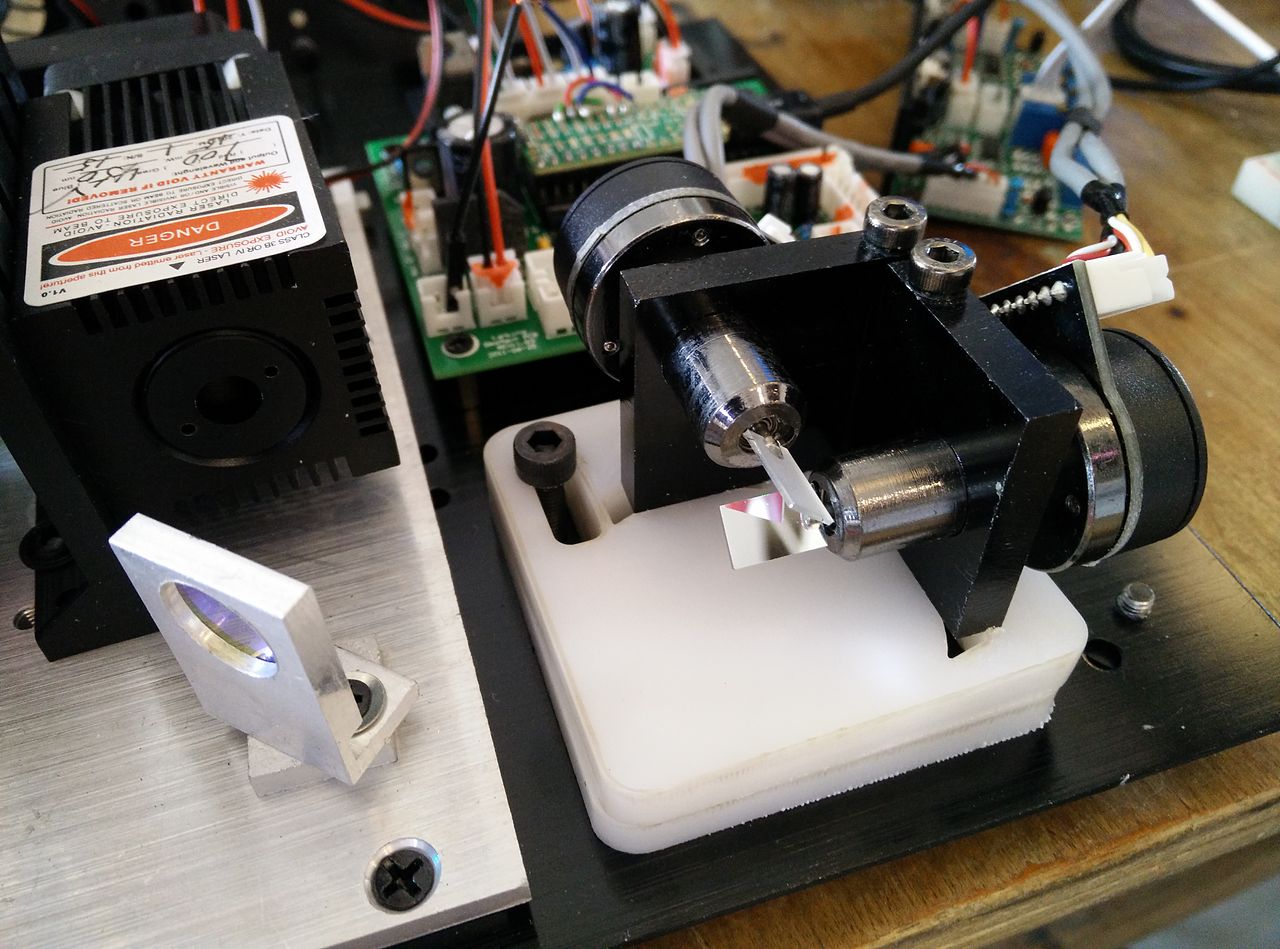
I just saw a pretty cool series of videos on the X-Laser product line and the Avolites Titan interface that was worthy of showing — laser light has been something operated by laser operators for a long time, but as of recently, frankly, LDs are integrating their rig with coherent light. It’s not new, but a few companies have been making some very easy to interface products. This is outstanding on many levels, but for one, it gives the audience another really specific wavelength spectrum for the brain to process. High-intensity discharge units, tungsten units, LED units (fixtures and video panels), and now lasers can all come together to make a tight, variable experience design.

Laser fixtures aren’t wholly different from other fixtures on a programming perspective — on a process and internal fixtures standpoint, they’re a lot like a mirror scanner — a static light source with something that the beam uses to move that beam around. Instead of a big first-surface mirror at the end of a Cyberlight, you have a little high-speed device (or multiple devices) called a laser galvanometer that whips that beam where you want it to go. In order of image resolution, think of it like this — the faster the galvo, the nicer the image coming out of the laser is going to be, with more clarity. The faster galvos are usually faster on the wallet too, as they are not simple devices that can be sourced anywhere. If you’ve ever been to a SPIE trade show (Photonics West is a great one), you’ll get your fill of laser products, laser galvos, pulse lasers, laser optics, et al. Lasers always have been and always will be pretty cool stuff.
A laser galvo inside of an RBG laser:

A quick definition of a mirror galvanometer:
To achieve higher sensitivity to detect extremely small currents, the mirror galvanometer substituted a lightweight mirror for the pointer. It consisted of horizontal magnets suspended from a fine fiber, inside a vertical coil of wire, with a mirror attached to the magnets. A beam of light reflected from the mirror fell on a graduated scale across the room, acting as a long mass-less pointer. The mirror galvanometer was used as the receiver in the first trans-Atlantic submarine telegraph cables in the 1850s, to detect the extremely faint pulses of current after their thousand mile journey under the Atlantic. In a device called an oscillograph, the moving beam of light was used, to produce graphs of current versus time, by recording measurements on photographic film. The string galvanometer was a type of mirror galvanometer so sensitive that it was used to make the first electrocardiogram of the electrical activity of the human heart.
The good folks over at X-Laser just started playing with Avolites Titan software as a control surface, and they’ve posted some awesome tutorial videos online. Check out a few of my favorites below!
Patching and Master Setup:
Working with Prisms:
Making Liquid Skies 101:
and a bonus Making Liquid Skies video! Adding a color gradient to your Liquid Sky:
The entire tutorial playlist is on the X-Laser Youtube Channel, make sure to give them some love!

hat tips to:
X-Laser for the great videos!
Wikipedia on Galvos
Hans Oersted




